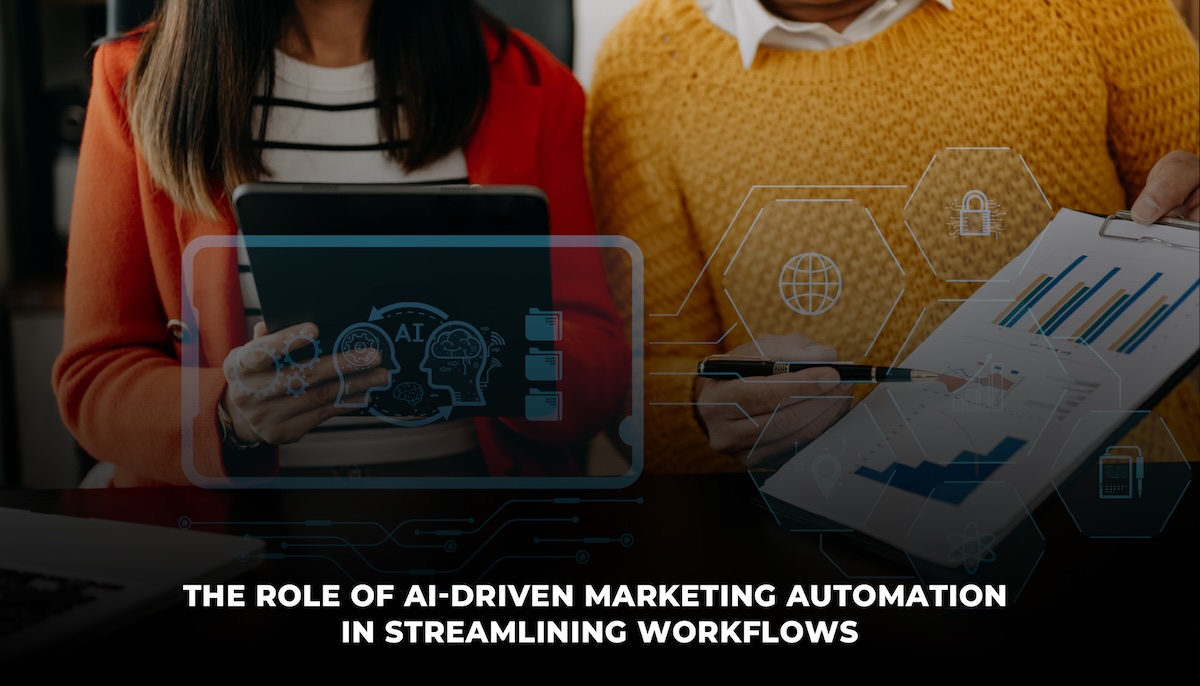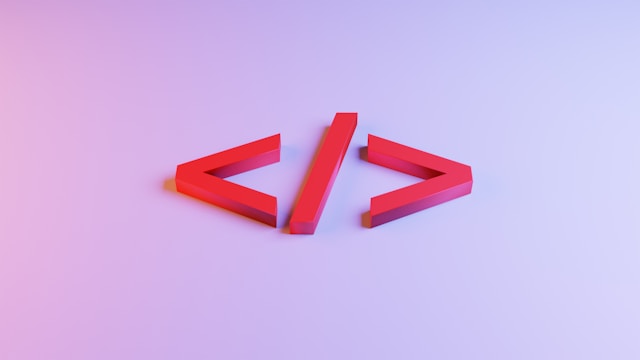Most popular prioritization framework
Prioritization framework is a system for organizing and evaluating projects, product requirements, or other items with multiple attributes. A prioritization framework typically takes these factors into account: value to the organization, risk of failure, cost of success, and code complexity. There are four most popular prioritization frameworks: MoSCoW method (Must-Should-Could-Won’t), MSF for Agile Software Development, FDD (Feature Driven Development) and RICE score.
RICE score is a prioritization framework that is used for agile software development and takes into account the value of an item, cost to develop, how risky it is to implement and its complexity.
R – Releasability: how willing the customer will be to deploy this functionality (likelihood it can be released in a future release).
I – Investment: cost of developing this item to a satisfactory level.
C – Complexity: how difficult it will be to develop this item taking into account all the requirements, technologies and people involved. The framework was developed by Gojko Adzic in his book ‘Specification by example’.
E – Estimation: whether the team can provide an accurate estimate for this item.
The framework takes into account four key elements when prioritizing backlog items – the value, priority, complexity and investment of an item. The highest priority items are those with high business value and low cost to develop. Items that are lower priority but easier to implement should be included in sprints where there is time to complete them before the end of a sprint.
Based on the framework above, Rice prioritization was devised to help teams choose item priorities. The basic idea behind rice is that each team member scores items from 0-5 in four criteria: value, priority, complexity and how much effort/investment has been put into them before. Each criterion is then weighted for each story and added together to produce a total score. With values 0 – 5, the higher the number the more valuable, prioritized, complex or invested in an item. Scoring low values may indicate that an item should be cut, whereas if a story scores high across all four criteria it would likely be chosen as the next story to work on.
The rice prioritization grid shows an example of a team’s scores for four stories, with five team members and criteria: Value (V) is worth 20 points, Priority (P) is worth 10 points, Complexity (C) is worth 10 points and Investment (I) is worth 30 points. The total score for each story is shown in parenthesis.
The rice framework, created by Alistair Cockburn, looks to help solution designers match their solutions to the users’ problems. The purpose of this is to create a large pool of ideas which are chosen after being filtered through certain criteria. If an individual item passes all four tests it can be considered a solution.
The criteria are called rice bowls, and include:
1. Experience
2. Resources
3. Goal structure
4. Time Structure
5 .Constraints
Advantages of Rice Score method
- High level of creativity
- Identifies problems rather than solutions.
- Does not require the user to participate in the process.
Disadvantages of Rice Score method include:
- Does not take into account other factors such as business constraints, costs, and legal issues.
- Creative team members are not given the opportunity to prove their worth.
- The use of user generated ideas could result in poor design decisions if not filtered properly.
However, the Rice Score is still a valuable technique for creative designers to use. “The method takes into account business risks, which makes it much more versatile than other creativity techniques that are designed to generate ideas.”
Conclusion
The rice framework is an intuitive method of generating potential solutions. It is a useful tool for designers looking to analyze the many facets of their design. The overall goal is to match problems with solutions through careful analysis and consideration, leading to better results for users.
How to Improve Customer Experience With a Loyalty Program
Customer experience and satisfaction are the needs of every business today! With the global…
0 Comments9 Minutes
The Role of AI-driven Marketing Automation in Streamlining Workflows
Information overload has left brands grappling with the challenge of tackling vast amounts of data…
0 Comments12 Minutes
Critical Challenges in Automation Testing and How to Overcome Them
Software development methods now include automation testing as a necessary component because of…
0 Comments8 Minutes
How to Scale Your Business with Pimcore Development Services
In the quickly evolving digital world, companies are always looking for creative ways to move…
0 Comments8 Minutes
What are Niche Edits?
A link-building tactic known as "niche edit" is when publishers or website owners enhance…
0 Comments12 Minutes
Understanding the importance of Metadata and busting the common myths
Metadata is an important aspect of the website. It gives to the search engines about what a…
0 Comments8 Minutes
Common Data Migration Challenges and How to Overcome Them
In the era of technology, data serves as the backbone of companies. Whether it's client details,…
0 Comments13 Minutes
SIEM at a glance (Security information and event management)
You have a contingency plan like most other intelligent businesses, but what if it fails? And,…
0 Comments12 Minutes
1 Comment
Comments are closed.









It is only the data I am finding all over the place. Much obliged for your blog…